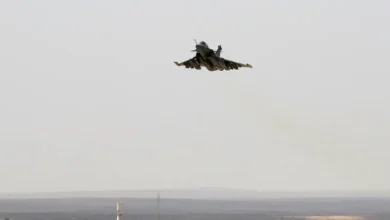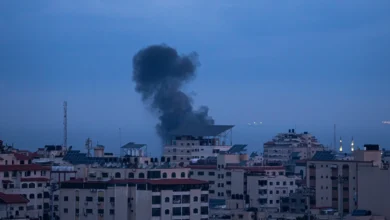France charges fourth suspected member of Louvre heist gang

France on Friday charged the fourth alleged member of a four-person gang arrested over last month’s spectacular jewel heist at the Louvre, prosecutors said.
On October 19, the gang raided the world’s most-visited art museum in broad daylight, taking just seven minutes to steal jewellery worth an estimated $102 million before fleeing on scooters.
Paris prosecutor Laure Beccuau described the fourth suspect as a 39-year-old man born in the working-class Paris suburb of Seine-Saint-Denis.
“Already convicted six times, this man was known to courts for various offenses, such as pimping, driving without a license, and receiving stolen goods,” Beccuau said in a statement.
The four suspects believed to have carried out the robbery have now been arrested and charged. They have been charged with organised theft and criminal conspiracy.
The stolen jewellery is still missing.
The last suspected member of the gang was arrested on Tuesday at a construction site in the western French town of Laval, according to a source close to the case.
The other suspects already behind bars – men aged 35, 37 and 39 – are suspected of having been part of the four-person team.
Two of them entered the Apollo Gallery while the other two remained outside, before fleeing together.
A 38-year-old woman who is the partner of one of the men is suspected of complicity. She has been released on bail.










